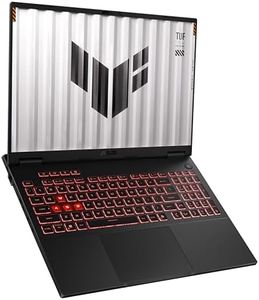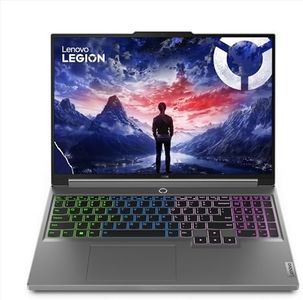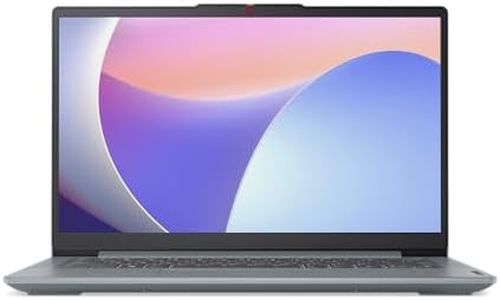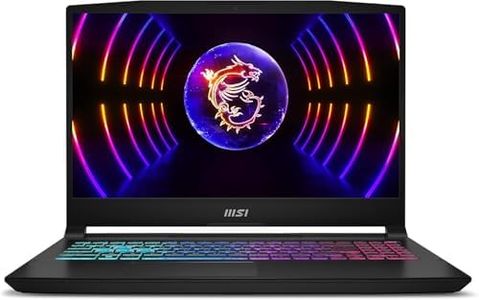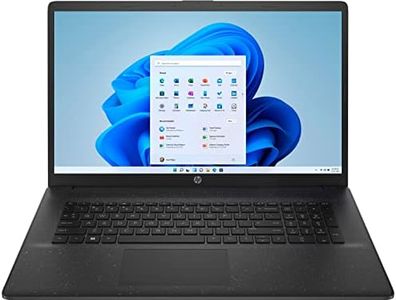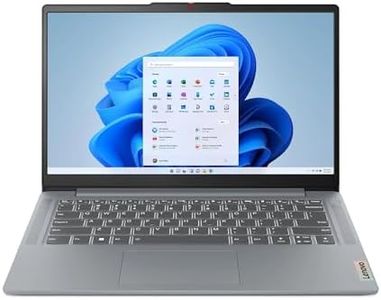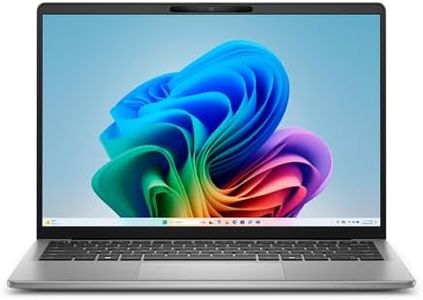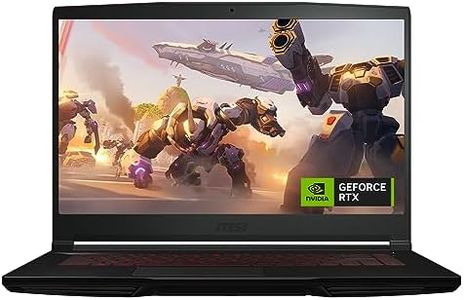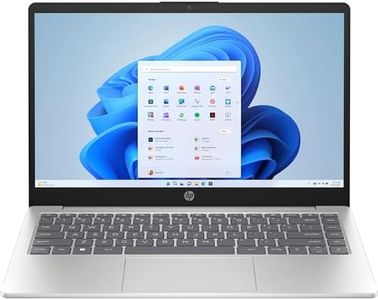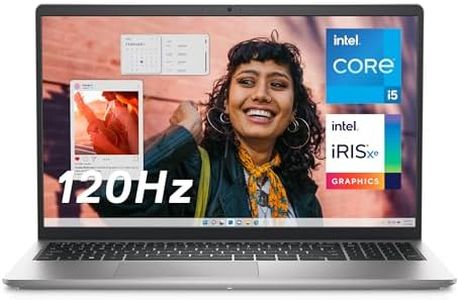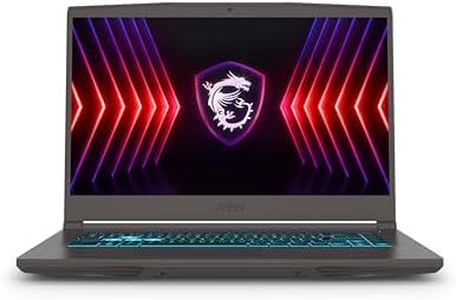We Use CookiesWe use cookies to enhance the security, performance,
functionality and for analytical and promotional activities. By continuing to browse this site you
are agreeing to our privacy policy
10 Best Graphic Laptops
From leading brands and best sellers available on the web.Buying Guide for the Best Graphic Laptops
Choosing a laptop for graphics work means you need a machine that can handle tasks like image editing, digital illustration, animation, or even 3D rendering efficiently. Unlike standard laptops, graphic laptops are designed to support powerful software and display visuals accurately. To pick the best fit for you, understand which specifications matter most for your work style, whether you value portability, color accuracy, or raw processing power. Think about what kind of graphic work you do regularly, as this will help you decide which specs to prioritize.Display QualityDisplay quality is crucial because it determines how accurately you see colors, details, and your overall workspace on the screen. Key things to look for here are resolution (such as Full HD, 2K, or 4K), panel type (like IPS for better color), and color accuracy (sRGB or Adobe RGB coverage). Higher resolution screens offer more clarity but can be harder on battery and require more processing power. If you work mainly with detailed images or need precise colors for professional work, look for a higher resolution and high color coverage. For casual design or light editing, a standard Full HD IPS display may suffice.
Graphics Card (GPU)The graphics card, also called GPU, is the part of the laptop that handles visual processing. For basic graphic tasks or photo editing, an integrated GPU might be enough, but for video editing, 3D modeling, or complex rendering, a dedicated GPU is essential as it speeds up these processes significantly. Different GPUs range from entry-level (good for light work) to professional-grade (designed for heavy tasks). The more demanding your workflow, the more powerful the GPU you should select.
Processor (CPU)The processor, or CPU, controls how quickly your laptop can perform tasks and handle multitasking. For graphic laptops, a faster and more modern CPU helps run graphic applications smoothly. CPUs are usually divided into performance ranges: entry-level (for basic use), mid-range (suitable for most graphic work), and high-end (for demanding tasks or professional use). If your work involves handling large files, multitasking, or running software that needs a lot of power, look for higher-end CPUs.
RAM (Memory)RAM is your laptop’s short-term memory that helps run multiple applications smoothly and manage large files without slowing down. For design work, more RAM means better handling of complex, layered files and multitasking between programs. Laptops typically range from 8GB, which is basic, to 32GB or more, which is best for heavy multitasking or large files. Consider how many programs or browser tabs you keep open at once and how complex your projects are to determine how much RAM you realistically need.
Storage Type and CapacityStorage affects how much data you can keep on your laptop and how fast files open or save. Solid State Drives (SSDs) are much faster than older Hard Disk Drives (HDDs), reducing load times significantly. Capacity can vary from 256GB (enough for light work) up to multiple terabytes (ideal for storing large project files and media). If you handle lots of big files or want your laptop to boot and transfer data quickly, prioritize SSDs and consider higher capacities or options to upgrade later.
Portability and Build QualityPortability refers to how easy it is to carry and use your laptop on the go, often influenced by weight, size, and battery life. Build quality affects durability, especially if you travel or work in different locations. Lightweight, slim laptops are easy to move but may have less power or fewer ports. Heavier laptops often pack more power and features. Choose based on whether you mainly work from one place or need your laptop to move with you.
Cooling and NoiseGraphic work can produce heat, especially under heavy tasks, so laptops with good cooling systems are less likely to slow down or get uncomfortable to use. Efficient cooling also often means quieter fans. Some laptops are more prone to overheating or making noise under pressure, which can be distracting. If you expect to work long hours on intensive projects, prioritize laptops with reliable and well-reviewed cooling.

